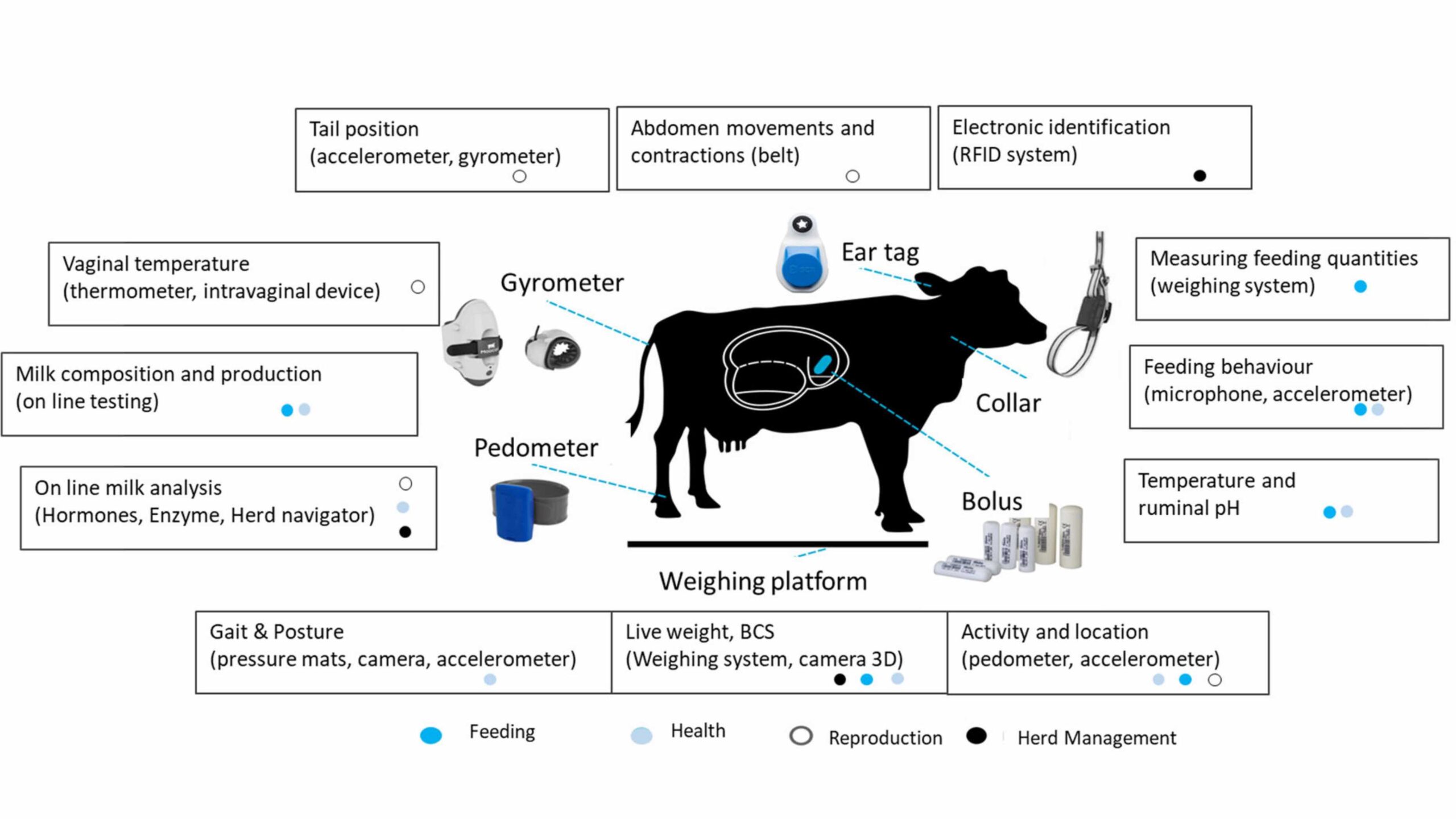Since declaring independence in 1991, Uzbekistan has adopted a rigid approach to food security that prioritizes self-sufficiency but lacks an emphasis on balanced nutrition and affordable food. Although the country produces adequate calories to feed its population, almost 30 percent of its people live below the food poverty line, and large nutritional disparities exist among income groups. So say IFPRI senior research assistant Yorbol Yakhshilikov and co-authors in a report for the UN Development Program.
From 2000 to 2007, agricultural production rose steadily by at least 6 percent per year, significantly outpacing the population growth rate. Owing to a successful grain self-sufficiency policy, the wheat harvest expanded almost nine-fold between 1991 and 2006. At the same time, import restrictions and a policy to produce import substitutes reduced food imports by one-third.
However, food security also encompasses affordable food and a diverse diet that includes essential nutrients. The poorest 20 percent of the population spend an average of 61 percent of their income on food and consume a diet dominated by cereals. Wheat and cotton together account for almost 80 percent of the country’s cultivated land, reducing the area devoted to other crops and livestock fodder, and narrowing the selection of available nutrients. Yet average wheat yields remain quite low and, in some provinces, are close to pre-Green Revolution levels.
The report highlights the potential for trade liberalization, including the expansion of exports and reduction of import tariffs, to lower food prices and drive agricultural diversification away from low-yielding wheat and toward more efficient crops. Noting that deteriorating infrastructure makes it difficult for subsidized goods to reach the rural areas where hunger is concentrated, it recommends that Uzbekistan scale back its universal flour subsidy and implement a less expensive, targeted food stamp program.







